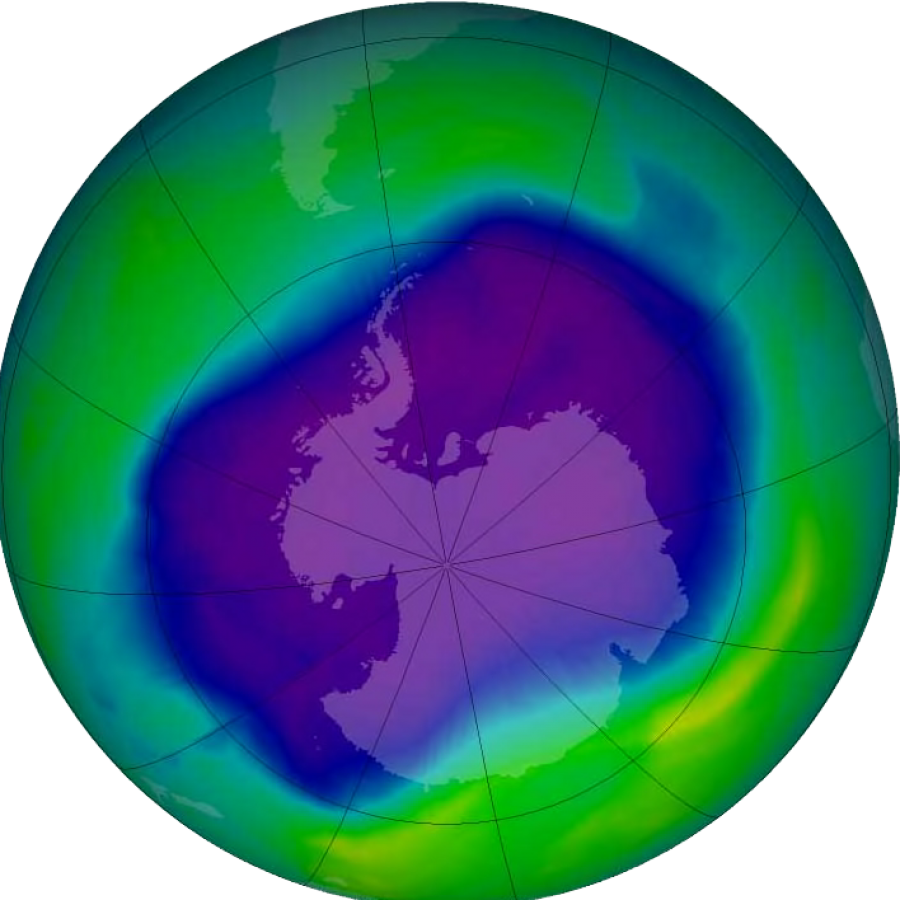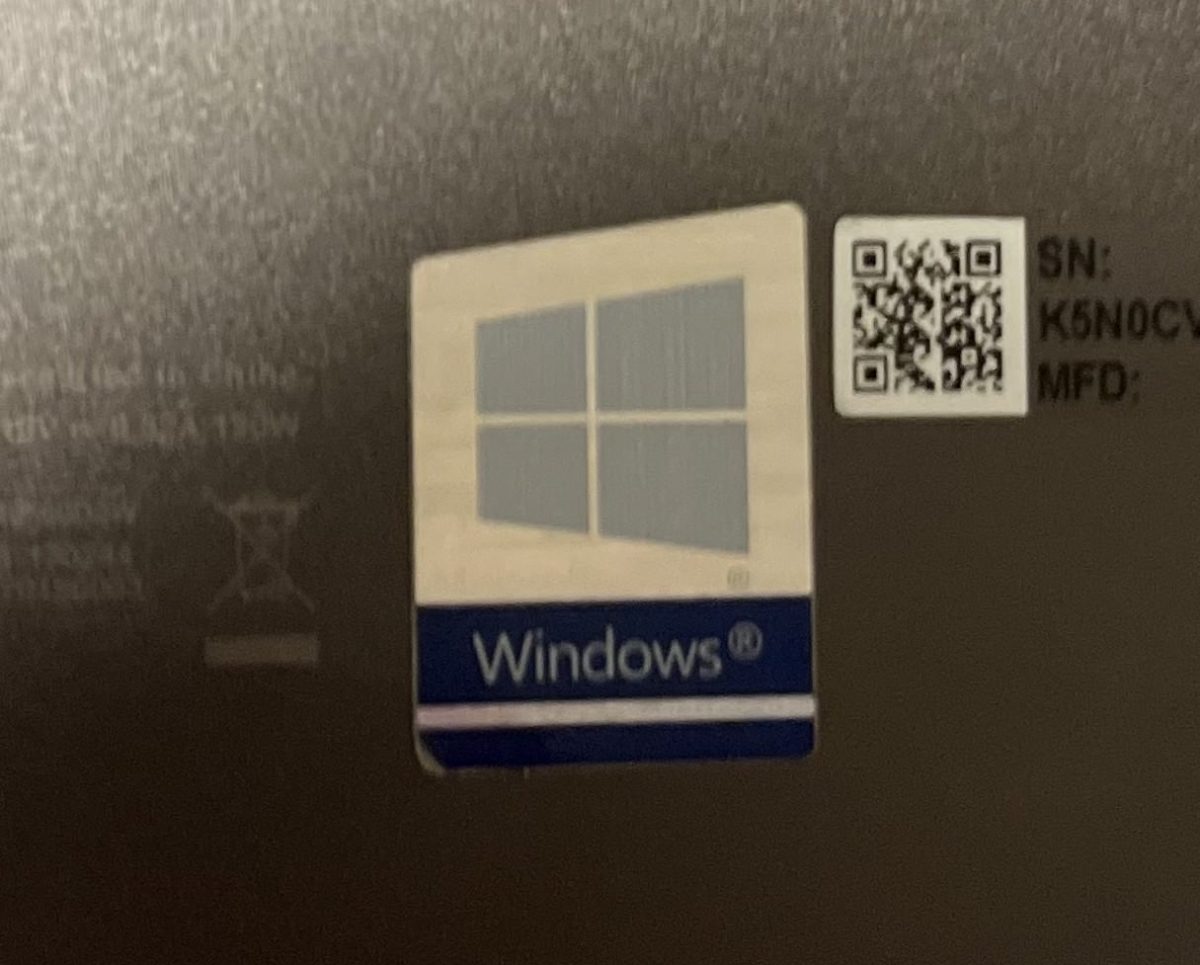Since the 1970’s, the earth’s ozone layer, the layer that protects life on earth from UV rays that have harmful effects, has been slowly deteriorating. This slow destruction is caused by man-made chemicals called chlorofluorocarbons, which are found in aerosol sprays and coolants. The chemicals release chlorine and bromine, which harms the ozone layer.
When scientists pinpointed what was causing the damage, they banished the use of those chemicals worldwide.
Now they are noticing positive results, but the process of healing the ozone layer completely is going to take time. Scientists have noticed that the layer’s existing holes are shrinking since the use of chlorofluorocarbons has been shut down. “If ozone-depleting substances had continued to increase, we would have seen huge effects. We stopped that,” stated Paul Newman, chief Earth scientist at NASA’s Goddard Center.
The Montreal Protocol was agreed upon in 1987 by countries around the globe. This treaty is what forces businesses to remove the harmful chemicals in spray cans. Without the Montreal Protocol, the earth’s ozone layer would be slowly eaten away.
That agreement has had positive effects on the ozone layer, as expected. Scientists confidently expect the hole above Antarctica to completely disappear by 2060.
Audrey Holland, science teacher, has taught earth science and knows about the ozone layer and it’s condition. She explained, “As far as the repair goes, it is happening at a slow rate but it’s not enough to keep up with the rate of which it’s being destroyed. So it’s a slow process that could possibly over time reduce minimal amounts of damage that’s been done.”
The recovery rate of the earth’s ozone layer is one to three percent every 10 years. This is important because without the ozone layer protecting life on earth, damages like skin cancer, premature aging and sunburn are more likely.
According to Our World In Data, ozone layer depletion increases exposure to UV rays. Studies show that without the Montreal Protocol, estimated cases of skin cancer are much higher. It is estimated that, without the Montreal Protocol, by 2050 there would be 705 million more cases of skin cancer. But with the treaty in place, it’s estimated only 420 per million excess cases of skin cancer will occur.
“The Montreal protocol is one of the most successful multilateral agreements in history for a reason,” stated Erik Solheim, head of UN Environment. It’s very important that our world continues to agree on the Montreal Protocol so the ozone layer can repair and protect.










